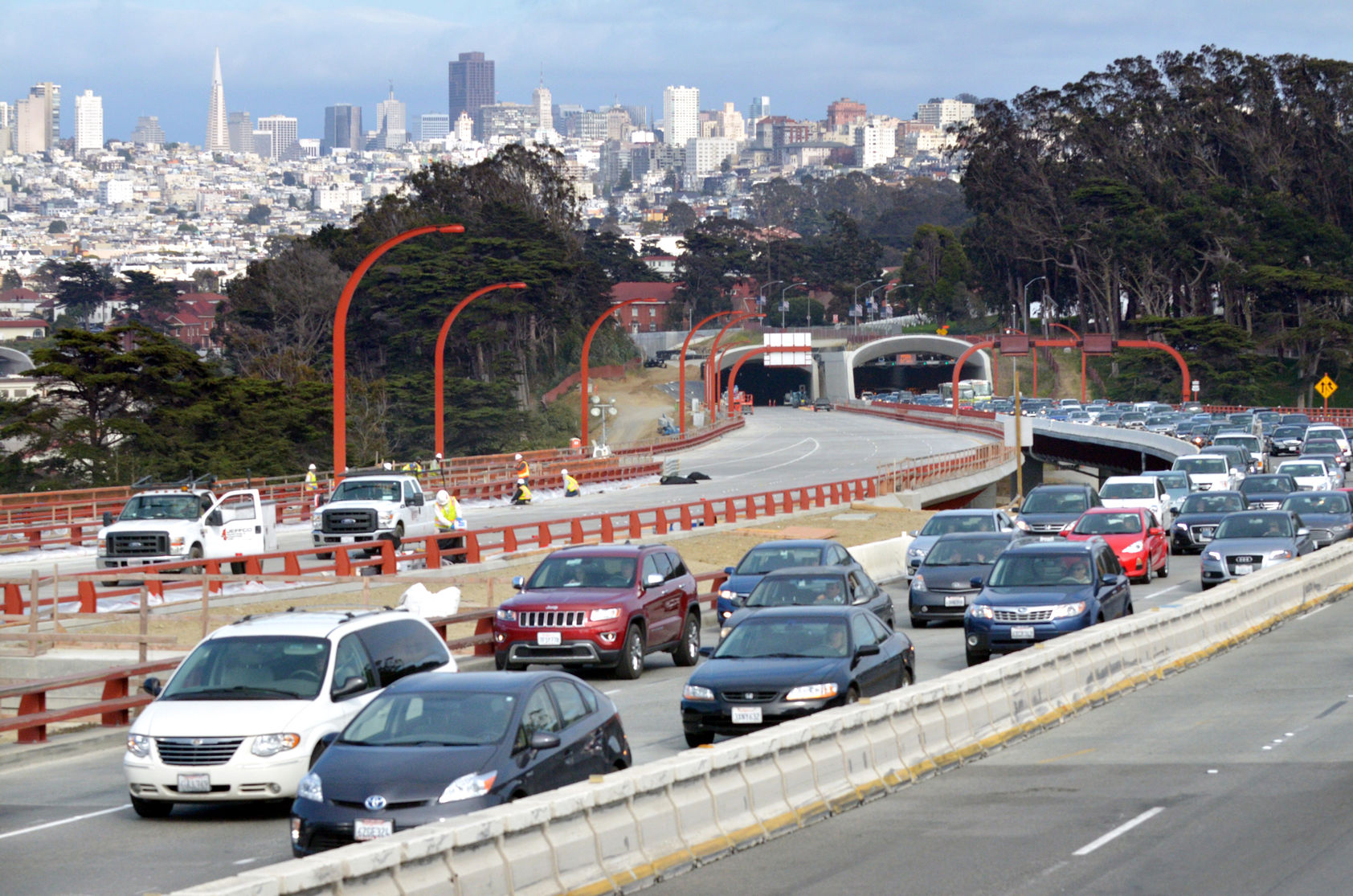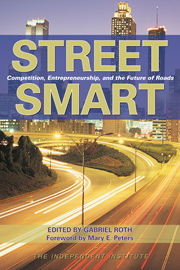The Fixing America’s Surface Transportation (FAST) Act, passed by Congress and signed by President Obama on December 4, authorizes what no federal legislation has ever authorized: $95 million for states to research and test new ways to fund roads.
Currently highway funding relies mainly on taxing gasoline and diesel fuels. But these are inadequate to keep pace with the funding ambitions of the federal, state, and local governments, which encourage fuel economy and even the use of electrically powered vehicles, which use no fuel. Hence the search for alternative methods. TOLLROADnews reports that states seeking such methods include California, Florida, Georgia, Illinois, New York, Oregon, Pennsylvania, Texas, and Virginia.
California has already pioneered new ways of charging for road use. In 1995 it authorized the construction of express toll lanes in the medians of a 10-mile section of State Route 91 (east of Anaheim) and an eight-mile section of I-15 (north of San Diego). Users of those lanes are required to open accounts with the highway authority, and their vehicles carry electronic devices, called “transponders,” that enable their accounts to be debited. Similar methods (for example, EZ Pass tollbooths) are now widely used in other parts of the country, and also in Canada, Chile, England, France, Germany, Italy, Norway, Portugal, Singapore, Sweden, and other countries.
What other methods can there be for charging for road use?
A simple possibility would be to require vehicle owners to submit periodic odometer readings and to pay on the basis of total miles traveled. Such a system could help ensure that total expenditures on roads were covered by road users and property owners, who often finance local roads.
More promising could be the use of the GPS (Global Positioning System) to enable vehicle owners to track the use of their vehicles and transmit for billing the total miles driven. To protect privacy, information about specific trips should not be transmitted. The problem with GPS is that it is widely believed it can be used to enable outsiders to track vehicles. In fact they cannot do this, in the same way that sextants could help crews know their own ships’ positions but could not enable others to track the ships.
While such methods are usually triggered by the need to raise revenues for specific road facilities (which cannot be raised with fuel taxes), they also have other advantages. One is the possibility of increasing road-use charges to reduce traffic congestion at specific places and times. Another is to ensure that payments by road users go to those who provide the roads they travel on. Systems that route road-use payments to those who provide the roads help governments to ensure that roads are provided only when their costs are covered by those who use them or otherwise benefit from them.
Unfortunately for road users and taxpayers, some governments—even in the United States—are not interested in ensuring that road costs are covered by those willing to pay them, nor in ensuring that payments made for roads are really spent on roads. This results in much avoidable waste, for which the phrase “roads to nowhere” has been coined.
New ways of funding roads could help to avoid such waste by enabling the establishment of self-financing road systems to be provided by private companies or even by state-owned ones, such as the New Jersey or Pennsylvania turnpikes. Self-financing road systems should be required to publish accounts showing the usage of each road and the money paid for it. There would still be problems—such as the allocation of costs between different types of vehicles—but toll-road managements deal with such problems daily all over the world.
The key is to find a system of paying for roads that, while ensuring the privacy of road users, enables the amounts paid for each road to be known and compared with its costs. That is why the $95 million allocated by the federal government to enable the states to research this issue is so important.









